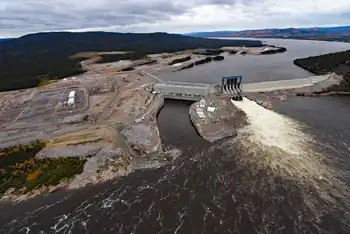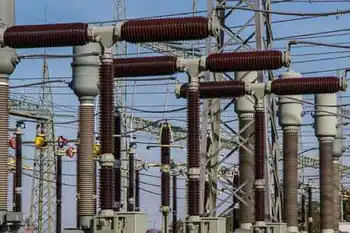New Solar Design Traps More Light
But a new solar panel unveiled this month by the Georgia Tech Research Institute hopes to brighten the future of the energy source.
The difference is in the design. Traditional solar panels are often flat and bulky. The new design features an array of nano-towers - like microscopic blades of grass - that add surface area and trap more sunlight.
"It allows more opportunities for the photon to hit the part of the cell that creates electricity," said Jud Ready, the senior research engineer who invented the panel.
And that has resulted in a big jump in current generated. Ready said the three-dimensional panels produce about 60 times more than traditional solar cells.
But current is only half the equation. To generate electricity, a cell has to churn out voltage as well.
And so far, thatÂ’s where ReadyÂ’s invention has fallen short. ThereÂ’s still too much resistance within the cell to produce the type of electricity thatÂ’s needed. But he said heÂ’ll now focus on reworking the interface to smooth out the kinks.
The research is funded in part by the Air Force, which hopes smaller, more efficient panels can be used to power satellites and spacecraft in the future. But Ready said the technology could also eventually earn more widespread use as a lightweight and more efficient alternative.
"WeÂ’ve demonstrated that it works pretty well," he said. "Now we must tweak it and make it better."
Related News

Growing pot sucks up electricity and pumps out an astounding amount of carbon dioxide — it doesn't have to
VANCOUVER - In the seven months since the Trudeau government legalized recreational marijuana use, licensed producers across the country have been locked in a frenetic race to grow mass quantities of cannabis for the new market.
But amid the rush for scale, questions of sustainability have often taken a back seat.
According to EQ Research LLC, a U.S.-based clean-energy consulting firm, cannabis facilities can need up to 150 kilowatt-hours of electricity per year per square foot. Such input is on par with data centres, which are themselves 50 to 200 times more energy-intensive than a typical office building.
At the Lawrence Berkley National…





